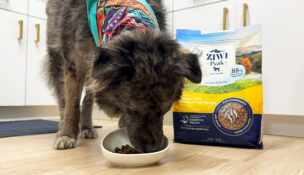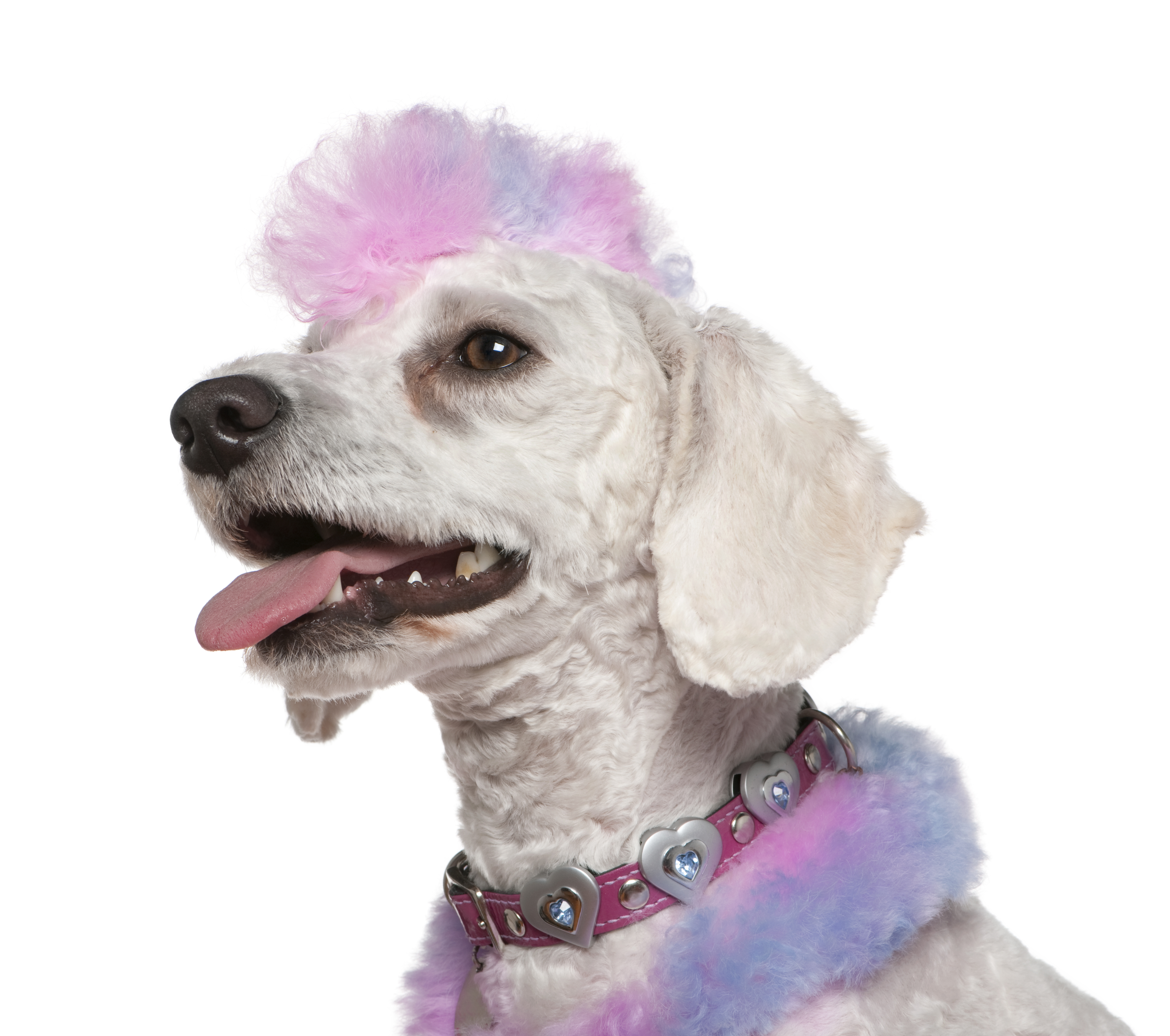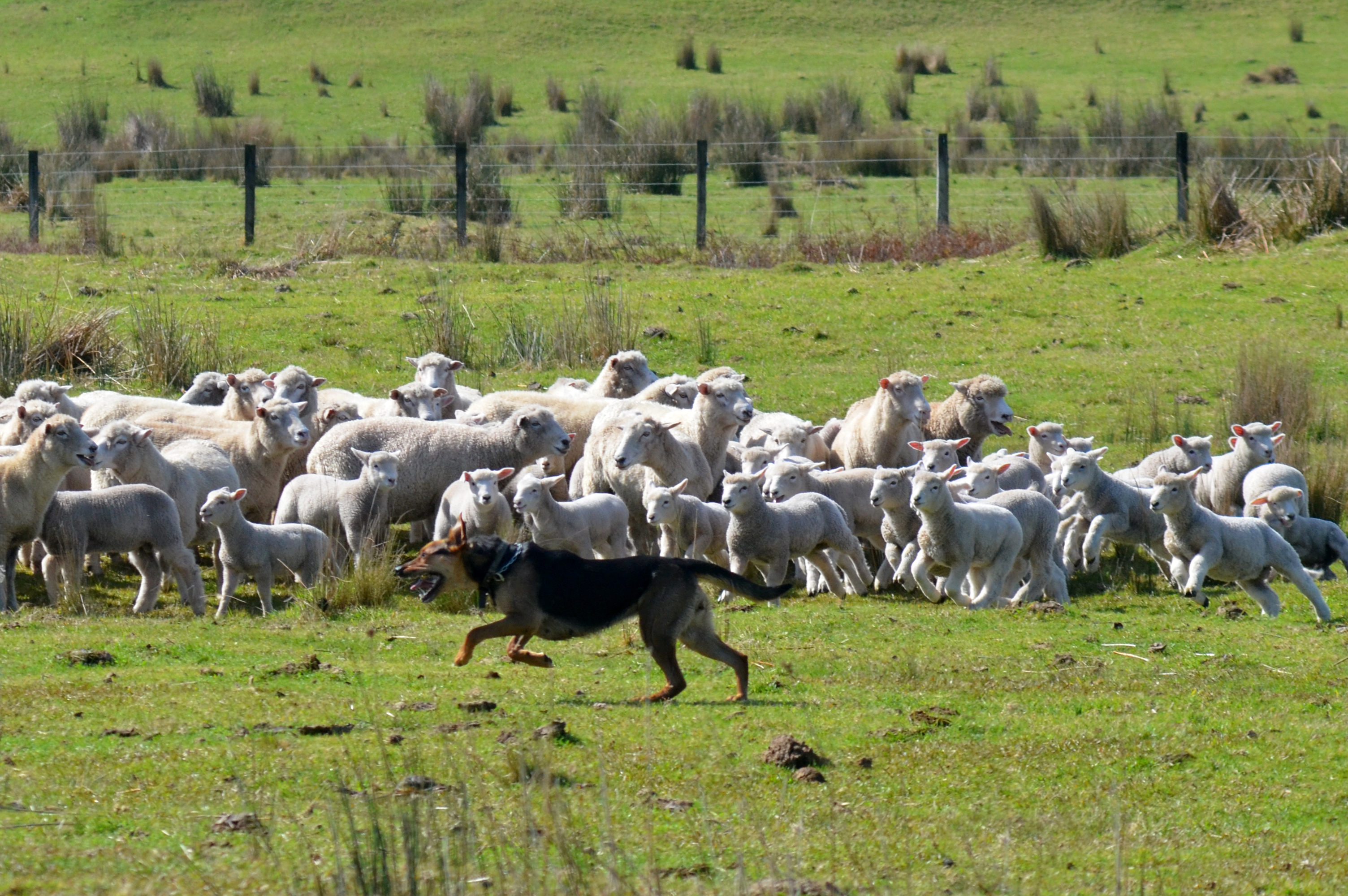Food Quality Is Key
Maggie Marton //September 1, 2015//
 Unlike many other segments in the pet industry, the wet dog food market isn’t experiencing rapid growth. According to data that the Pet Food Institute sourced from Euromonitor International, sales for wet dog food have held steady at $2.3 billion annually from 2010 to 2013. And in its 2013 Pet Food Market Assessment, the Packaging Machinery Manufacturers Institute reported that while many pet food segments—like organic, natural and premium—have grown about 20 percent each year, wet dog food is expected to grow less than a single percentage point, excluding premium products.
Unlike many other segments in the pet industry, the wet dog food market isn’t experiencing rapid growth. According to data that the Pet Food Institute sourced from Euromonitor International, sales for wet dog food have held steady at $2.3 billion annually from 2010 to 2013. And in its 2013 Pet Food Market Assessment, the Packaging Machinery Manufacturers Institute reported that while many pet food segments—like organic, natural and premium—have grown about 20 percent each year, wet dog food is expected to grow less than a single percentage point, excluding premium products.
Higher Sales at the Higher End
Sales of premium wet foods are experiencing faster growth than the rest of this segment, so retailers can capitalize on that by stocking organic, natural and premium wet foods.
“There are several trends driving sales, so if I were to sum it up with a few words I would say great nutrition, quality ingredients, convenience and value, with no one facet being more important than the others because they are all closely tied,” said Bette Schubert, co-founder and senior vice president of sales, new product development and education, at Bravo Pet Foods. “Pet parents are looking for better quality foods that offer all of the recommended nutritional requirements right out of the package and are convenient to feed.”
“Consumers are getting more selective and the questions that we get every day show an increased level of education and ingredient awareness,” said Holly Sher, owner and president of Evanger’s Dog and Cat Food Company. “Pet parents and retailers alike are reading the ingredient labels like never before. Not only do they want to know what ingredients are inside, but they also want to know where all of these ingredients are sourced.”
Schubert agreed, indicating that ingredient quality fits with the growth trend in the premium segment.
“These foods need to be made from reputably-sourced ingredients, as it’s no longer enough to say your product are made in the USA,” Schubert said. “Consumers want products made from high-quality meat, poultry and seafood that are sourced in the USA and countries such as New Zealand and Australia. The same holds true for all of the other ingredients going into your products. They must come from reputable suppliers. Products of this nature are sold at a premium, which consumers are willing to pay so long as it delivers on the promise.”
The growing number and popularity of the premium diets now means that consumers don’t always have to pay a premium for them.
“We are a line of grain-free canned foods for consumers who want a high-end product, but may not be as able or ready to spend the money on high-end food products,” said Chelsea Sher, co-founder of Against the Grain. “We believe your pet needs the most naturally nutritious, protein-based and minimally-processed food to help optimize their wellbeing.”
The brand’s canned foods contain 85 percent meat and are grain- and gluten-free.
People Preferences
Emerging from the humanization of pets’ trend seen across segments, flavors of wet foods are changing to reflect human taste bud preferences. For example, the Cesar’s Home Delights line includes flavors like pot roast, lasagna and beef stroganoff.
Likewise, “Evanger’s canned foods mimic nutritional combinations and trends of human foods, like hearty and grain-free options like signature stews, premium cuts of hand packed meats and chunky 100 percent Beauregard sweet potatoes,” Sher said.
Adrian Pettyan, CEO and co-founder of Caru Pet Food Company LLP, said both the humanization of pets and the demand for quality ingredients as trends drives wet food sales.
Pettyan pointed out that these trends fit with the shifting trends in human nutrition, like all-natural and health-conscious choices.
“As part of the health movement, there is a shift to buying fresh and minimally-processed foods that do not contain added sugar or salt,” Pettyan said. “Even the use of non-GMO ingredients is becoming important to consumers who are seeking a healthier fare to feed to their fur children. Pet owners are looking for quality ingredients that they readily recognize and that they can easily pronounce as they associate those ingredients with good nutrition and good health. They look to feed their pet’s wet food that looks like the foods that they eat, foods that are made with quality ingredient which are sustainably sourced. Pet owners want to feed wet food that is as close to human food as they can get.”
To capitalize on this trend, look for wet food recipes that use human-grade ingredients in recognizable formulations. Many of these consumers seek the same things in their pet’s food that they do in their own: organic, gluten-free, sustainably-sourced, free range and so on.
Though wet food for dogs hasn’t proven to be a huge growth segment, it is a steady one. Offering a range of premium products and hitting a few tiers of pricing can ensure a pet store benefits from the steadiness of wet food sales.



















